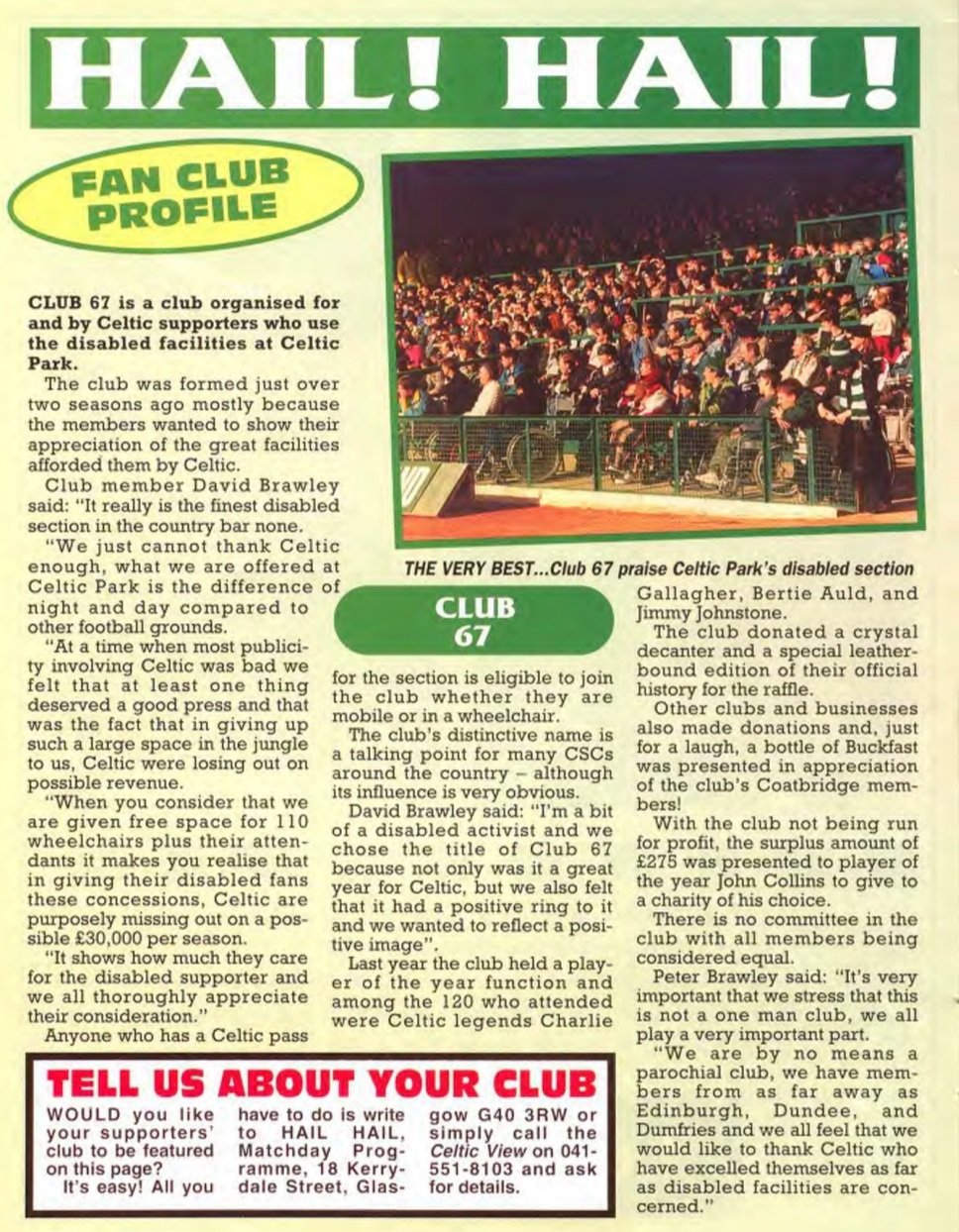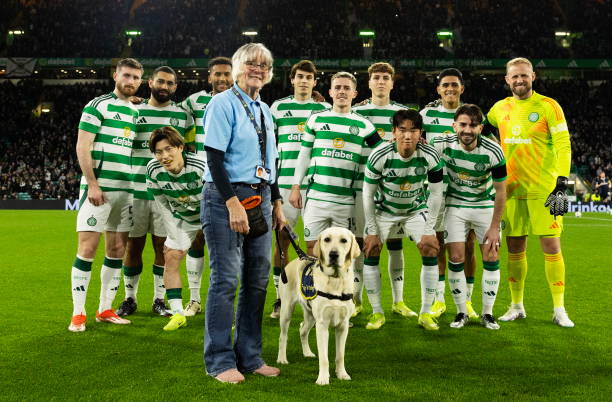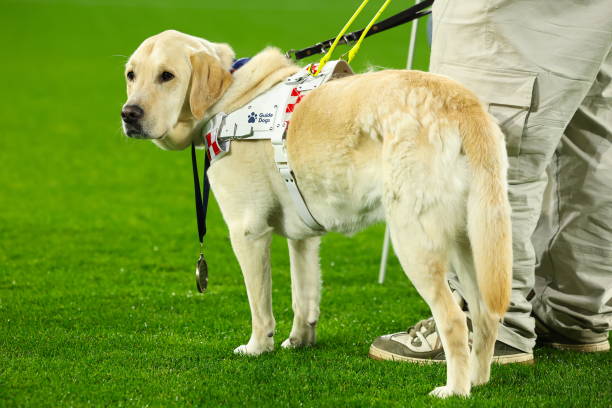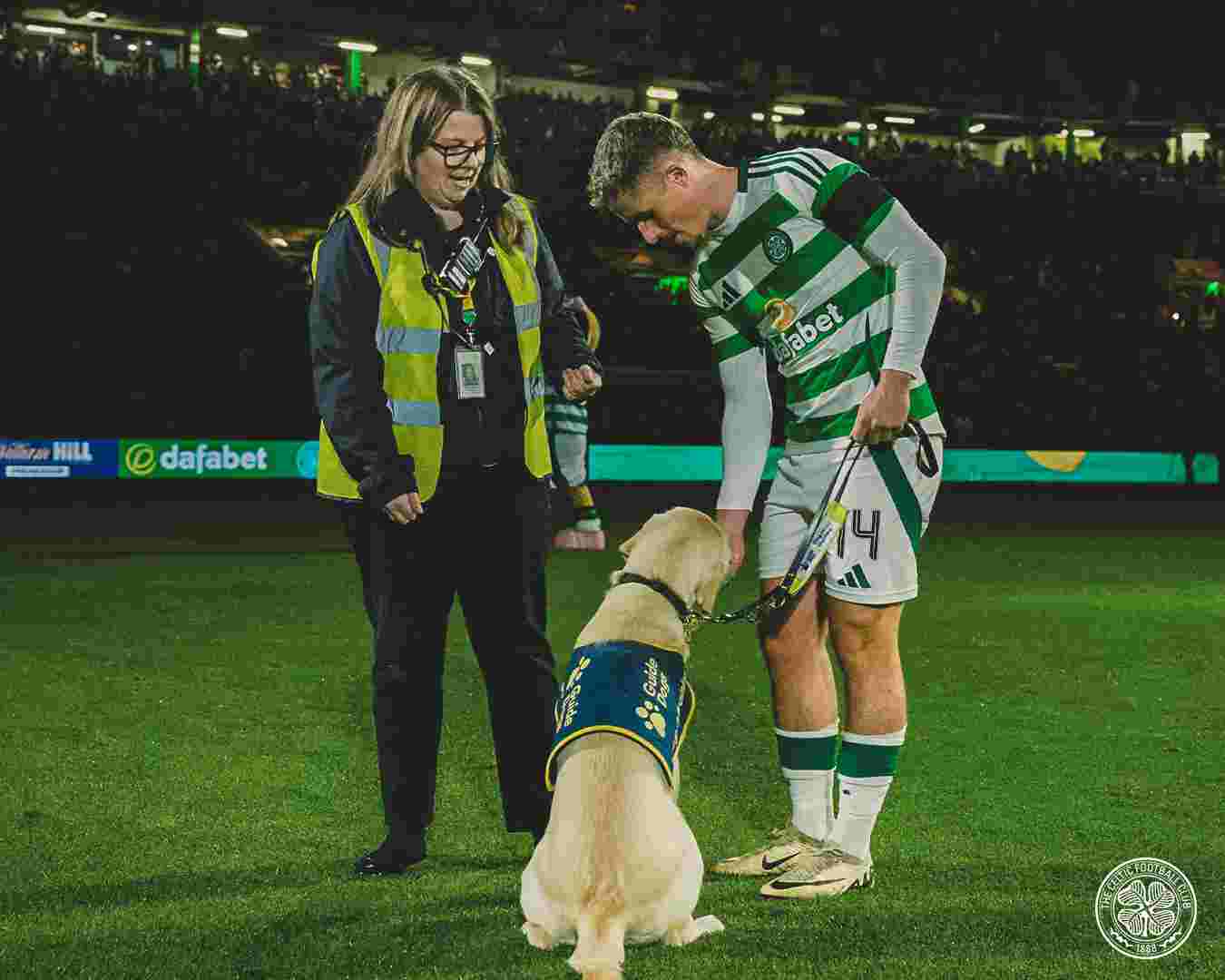Details
Categories: Blind, Visually-impaired, Special needs, Invisible disability needs
Celtic Disabled Supporters Association website: http://www.celticdsa.co.uk/
History
[…this page is a work in progress….]
We have always been an inclusive support, with many emphasising our emphasis on the broad faiths of the support as well as the minorities amongst the support.
However, one of the greatest tests of inclusiveness is the well being and support to those with disabilities. It’s one thing to provide charity (and the club has been a leader on this front) but providing access to those with disabilities to attend, contribute to and enjoy matches alongside all others is another import measure.
When one former government minister was asked about his disability (he was blind), his self-effacing response was that it was not a disability and just an inconvenience. Taking this analogy, the rest of us should bear it in mind, and always ensure that they are made as welcome as everyone else.
Recent events such as the Paralympics have shown that many with disabilities can readily support themselves given certain facility adjustments (e.g. adequate wheelchair access) and that’s all they ask for (and when you walk past them please don’t stand in front of their view!). They can compete as well as the rest of us.
Sadly many clubs have had a poor record on treatment for disabled supporters be it wheelchair access, location of the supporters and so on. Celtic to their credit have been noted for it’s good record over the years, although there is always room for improvement. Notably, in the old stadium a section of the old Jungle terracing (now the North Stand) was reconstructed to give places for supporters in wheelchairs, quite a good move by the board.
Over the years Celtic has played a role to assist wherever possible. If you look at Old matches from the seventies a common sight was that of little blue cars (the ‘Invacars’) with their doors wide open on the perimeter of the pitch. For reference, these were the old disability cars used by certain disabled per people to drive about to give them freedom to travel. At matches, they were allowed to drive into the ground and park alongside close to the pitch to view the games from there. Some even hid friends under blankets in the back so they could sneek into the matches.
From as far back as the sixties (if not even earlier), it was very common for blind & visually impaired supporters to attend matches, watching from the ‘new stand’ where there was a row of blind supporters with their own radio commentator to help them enjoy the match as much as the rest of us. This has carried on and at present, the section is now behind the dugout main stand with audio commentary earphones to assist. This all may seem a little curious to the rest of us on first reading, but you have to see it in light of that the match day experience is not just about the match on the field but the noise and atmosphere, and these fans will likely be able to appreciate this better than the rest of us. It is another way to be involved and feel part of the Celtic world.

…
In May 2011, the Celtic Disabled Supporters Association was formed to help create a forum for the supporters, and we wish them all the support in the world in their efforts.
When you look at the roots of the club, we were created for the assistance of others to help themselves. The ethos applies as much now as ever, and the assistance of the disabled is fundamental to putting that Celtic ethos in practice.
We should take pride in every good member of our support, and always remember to give a moment for those who may themselves need a hand now and again.
[…to be completed….]
Links
External Links
From the 1970’s
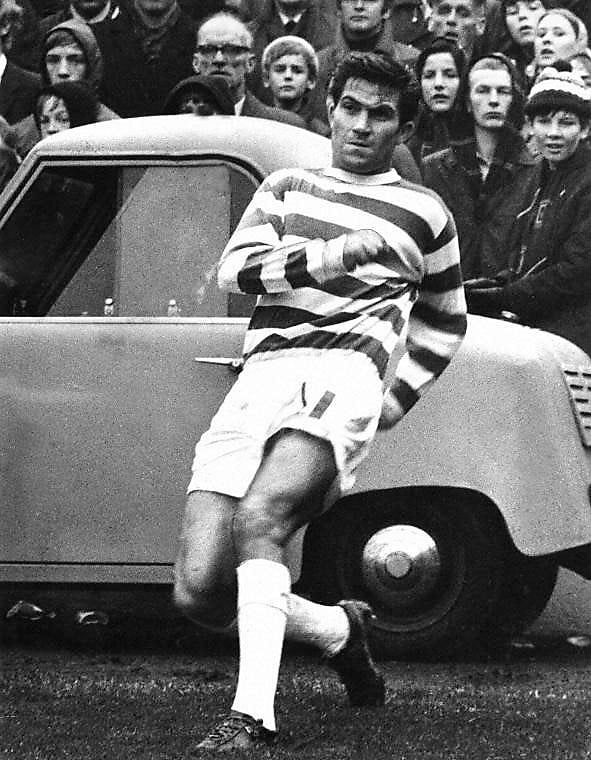
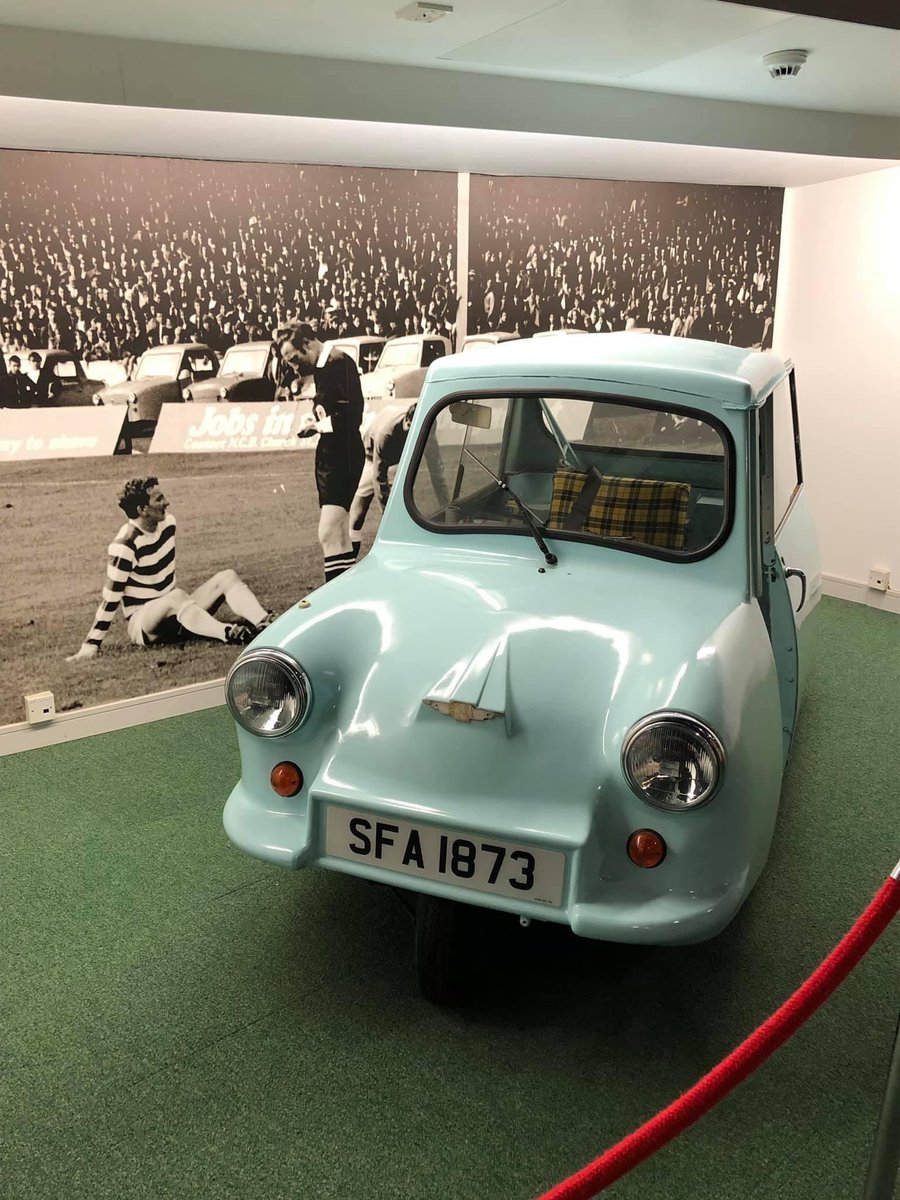
20th September 1969, Rangers 0:1 Celtic.

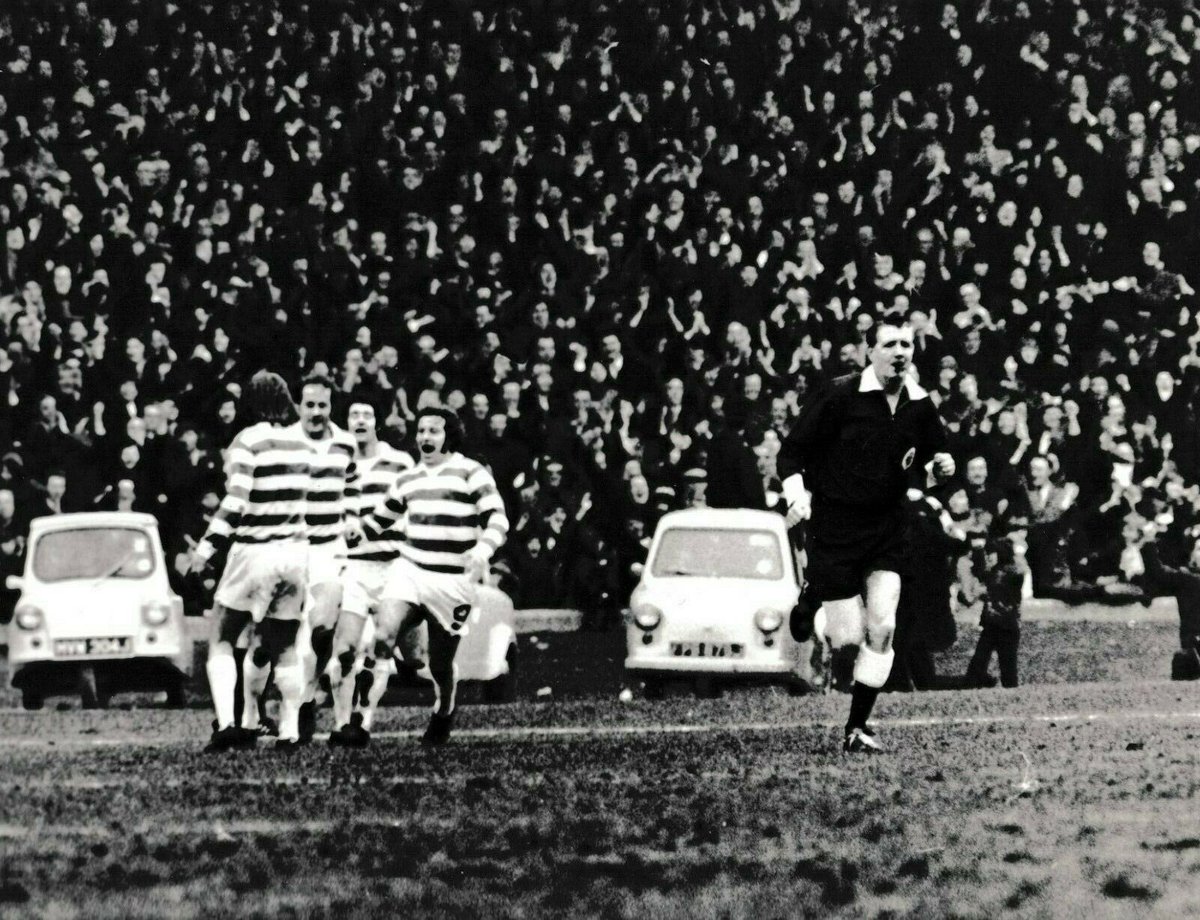
Braille Plaque unveiled in May 2010
(note: Quote below has been wrongly attributed to Jock Stein, it was said by Willie Maley)
John Mason MSP to infirm Celtic fan on parking ban: support another team
https://www.celticquicknews.co.uk/john-mason-msp-to-infirm-celtic-fan-on-parking-ban-support-another-team/?utm_source=dlvr.it&utm_medium=twitter
A retired Celtic season ticket holder, Gordon, who travels to games from Newcastle, emailed the club last week to explain that he is unable to walk for more than 10 minutes, and as a consequence of the proposed parking ban around Celtic Park on match days, he would be unable to attend games in future.Gordon explained how Dalmarnock Station was not a viable option and that public bus provision in the area is totally inadequate.He forwarded his email to John Mason, MSP for Glasgow Shettleston in the hope that the SNP politician would do what he could to help infirm visitors to the area, but he got the most incredible response from Mason:“Could you think of supporting a smaller more local club that would appreciate your adding to their crowd?”
Celtic launches Invisible Disability ID
By Celtic Football Club Sep 2021
https://www.celticfc.com/news/2021/september/Celtic-launches-Invisible-Disability-ID/
Celtic Football Club is delighted to announce that it has devised a special lanyard which it will be offering to supporters who are affected by a hidden disability.
Invisible Disability Lanyard Request Form
The lanyard with a design unique to the Club has been launched in the hope that those who choose to wear them (much like the Sunflower lanyard), will be able to achieve improved support at Celtic Park both on a match day and non-match day, with staff seeing the lanyard being aware that our supporters may require additional assistance.
Research shows that without visible evidence, people often do not get the assistance they require, which is why we hope the lanyard will make it easier for both staff and supporters at our venues.
Not all disabilities are visible – some are not immediately obvious, such as autism, chronic pain, dementia, anxiety, visual or hearing impairment, epilepsy or brain injuries.
Invisible Disabilities can significantly impair normal activities in everyday life. Living with a hidden disability can make daily life much more demanding for many people, but it can be difficult for others to identify, acknowledge or understand the challenges faced by so many people.
The lanyard makes it easier for both the supporter and the member of staff as it prevents unnecessary questions and embarrassment for both parties. The main aim of the lanyard is to offer understanding and assistance to our supporters whose disability is not obvious.
Wearing this kind of I.D. discreetly indicates to people, including staff, colleagues and health professionals that a hidden disability exists and that the person concerned may need additional support, help or more time.
There is no qualifying list of hidden disabilities. If our supporters feel they have a hidden disability and feel that they would benefit from wearing a lanyard then they will be welcome to do so.
Martin Newman, who is The Consumer Champion and a passionate Celtic supporter, has worked with the Club on this project and has kindly donated a significant sum to produce 1,000 lanyards.
Martin said: “Both of my daughter’s have hidden disabilities and, therefore, I know from first-hand experience the challenges they can face in everyday life.
‘I’m a passionate advocate for disabled consumers and when I heard that Celtic were planning to produce lanyards that would lead to an improvement in the matchday experience for Celtic fans with hidden disabilities, I was delighted to get involved to support this important initiative.’
Celtic’s Disability Access Officer Alexis Dobbin commented: “We are delighted to launch this new lanyard. Designed with our own crest and in club colours, hopefully it will be popular with fans who wish to wear it particularly on matchdays.
“Our objective will always be to ensure our fans have a positive and comfortable experience at Celtic Park and it is important we recognise the needs of all visitors. Through these lanyards our staff will be aware of our supporters’ individual needs and this will allow us to offer further, tailored assistance when required.”
Peter Joyce, Chairman of the Celtic Disabled Supporters’ Association, added: “These lanyards will be a great addition to the numerous ideas implemented previously, that go toward making life easier for those with hidden disabilities when attending Celtic Park, so thanks to Martin for helping make this happen.”
Profile of Club 67 CSC, 1993/94
